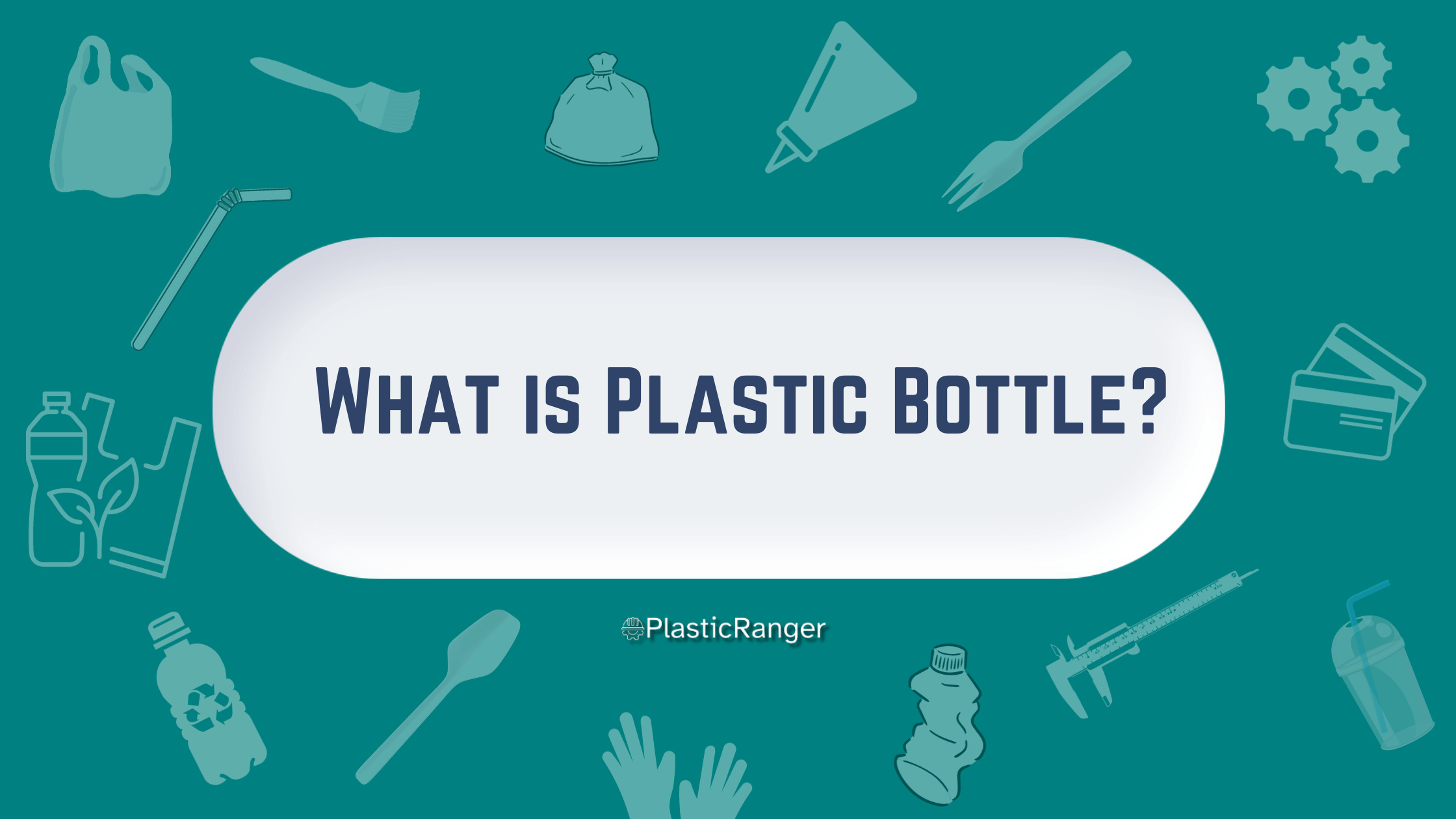Comprehensive Analysis: The Plastic Bottle
Introduction
Ubiquitous in modern society, the plastic bottle has revolutionized packaging and storage, especially in the beverage and consumer goods sectors. Plastic bottles’ convenience, durability, and cost-effectiveness have contributed to their widespread use.
This analysis delves into plastic bottles’ nature, production, usage, and environmental implications.
Composition and Types
A plastic bottle is a container made from polymers, long chains of repeating molecular units. The primary polymers used in bottle production are:
Polyethylene Terephthalate (PET): Widely used for soft drinks and water bottles due to its clarity, PET is known for its lightweight properties and barrier qualities.
High-Density Polyethylene (HDPE): Common in milk jugs, detergent bottles, and juice containers, offering properties like rigidity and chemical resistance.
Polypropylene (PP): PP is Often used for containers that require heat resistance, like ketchup bottles.
Manufacturing Process
The journey of a plastic bottle from raw materials to a store shelf involves several steps:
Extraction of Raw Material: The primary raw material is crude oil or natural gas. From these, ethylene and propylene are extracted.
Polymerization: Ethylene and propylene are processed to produce polymer resins like PET and HDPE.
Bottle Formation: The plastic resins are melted and molded into preforms, which look like test tubes with screwtops. The preforms are then heated and blown into bottle molds, resulting in the final bottle shape.
Filling and Capping: The bottles are filled with the desired product, capped, labeled, and then sent for distribution.
Advantages of Plastic Bottles
Lightweight: Plastic bottles are lighter than glass or metal counterparts, reducing transportation costs and carbon footprint.
Durability: Plastic doesn’t shatter like glass, making it safer for consumers.
Versatility: They can be molded into any shape or size, allowing for brand differentiation and user convenience.
Cost-Effective: Mass production of plastic bottles is cheaper, making products more affordable.
Environmental Impact
While plastic bottles offer many advantages, they have garnered criticism for their environmental footprint:
Waste Accumulation: Only a fraction of plastic bottles are recycled. The majority end up in landfills, taking hundreds of years to decompose.
Marine Pollution: Many bottles find their way into oceans, harming marine life and breaking down into microplastics that enter the food chain.
Carbon Emissions: From extraction of raw materials to transportation, the lifecycle of a plastic bottle releases significant carbon emissions. Resource Intensiveness: Producing plastic bottles requires a lot of water and energy.
Recycling and the Circular Economy
Given the environmental challenges, there’s a push towards a circular economy, where products are reused and recycled to reduce waste.
Recycling plastic bottles: Conserves Resources: Using recycled PET reduces the demand for new raw materials.
Saves Energy: Producing a product from recycled materials generally uses less energy than virgin materials.
Reduces Landfill and Ocean Waste: The more bottles are recycled, the less polluting the environment.
However, the recycling rate remains low due to:
Collection and Sorting Challenges: Inefficient waste management systems in many regions result in low collection rates. Economic Factors: When oil prices are low, producing new plastic can be cheaper than recycling old plastic.
Contamination: Leftover food or drink residues can contaminate the recycling process if improperly cleaned.
Alternatives and the Way Forward
With increasing environmental concerns, alternatives to traditional plastic bottles are emerging.
Bioplastics: Made from renewable sources like cornstarch, these can be composted. However, their degradation rate varies; some still require industrial composting conditions.
Edible Packaging: Some innovators are developing edible packaging to reduce waste.
Refill Stations: Brands are piloting refill stations where customers can refill their containers, minimizing the need for new bottles.
Moreover, there’s a push for more sustainable design, increased recycling rates, and systemic changes in waste management infrastructure to address the plastic bottle problem.
Conclusion
The plastic bottle, a symbol of convenience in the modern age, is a marvel of design and utility. However, its environmental implications challenge its continued dominance. As society grapples with sustainability, the future of plastic bottles lies at the intersection of innovation, policy, and consumer behavior.
Quick Navigation

